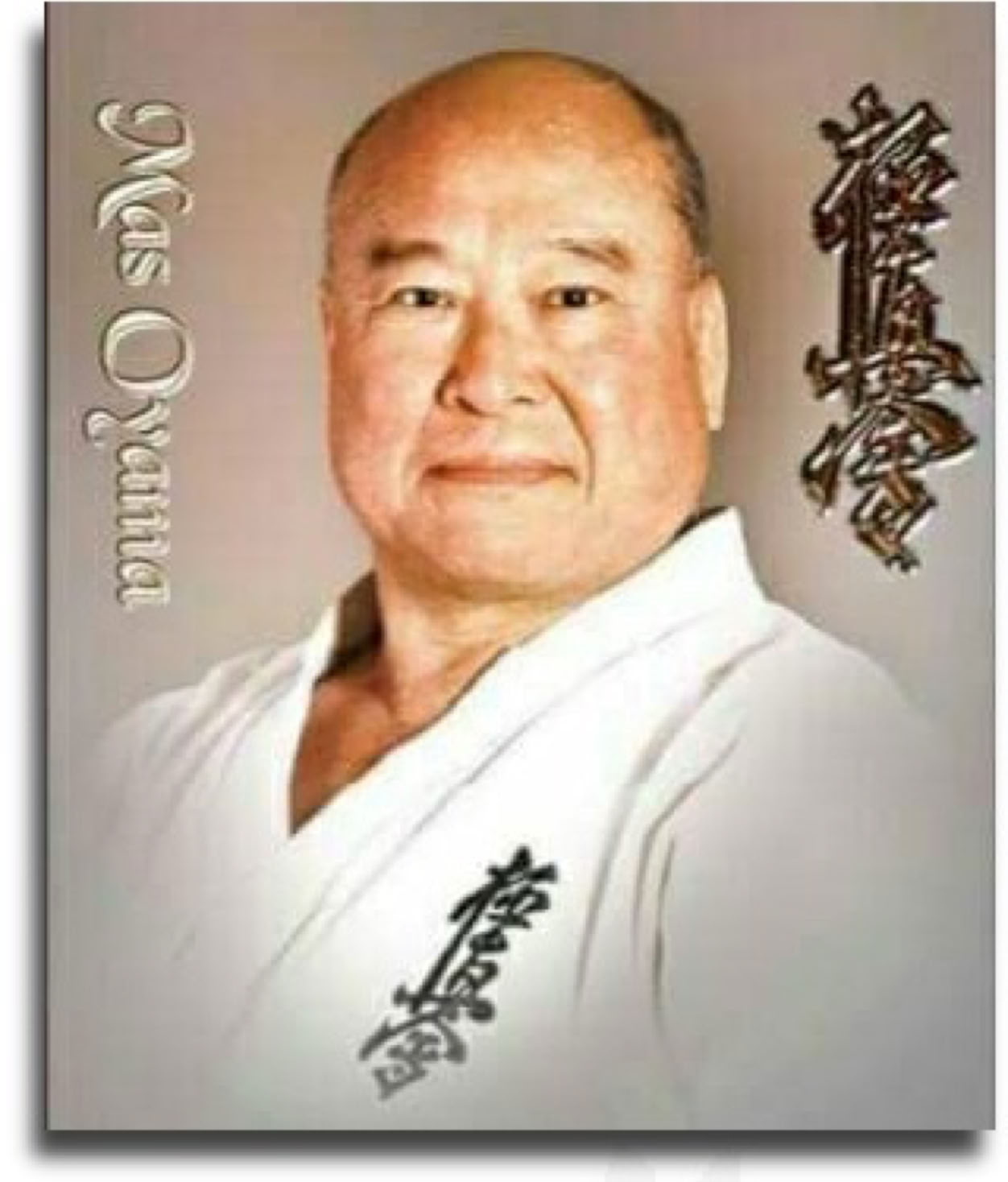
Internal Martial Arts
the
TAIKIKEN
pages
The Taikiken pages, a compact introduction of Taikiken and Kenichi Sawai's book -
The Essence of Kung Fu
& profiles of known and unknown martial artists who practice Taikiken.
2025



Masutatsu Oyama the legend of Kyokushinkai
In 1952, he starts a Tourney through the United States and Asia, accepting challenges from fighters from all kinds of disciplines; Judo, Karate, Tai boxers, English boxers, etc.
All fights were won, in a total 270 challenges, not one lasted more than three minutes. And the New York Times called Mas Oyama, in 1960, 'The toughest man in the world.'
Masutatsu showed Japan and the whole world Kyokushinkai, through several books:
What is Karate? - 1958; This is Karate - 1965; Advanced Karate - 1970;
Karate, world of the ultimate-1984.
Masutatsu Oyama passed away in April 1994, after a whole life dedicated to Karate.
See Mas Oyama video clips on Nantzu’s Kyokushin playlist on YouTube Click here
Discover the story of Sosai Masutatsu Oyama, founder of Kyokushinkai Karate. From a rebellious childhood to his rigorous training method, learn about his journey to success. Learn about the founder of Kyokushinkai Karate, Masutatsu Oyama, and his journey from a rebellious child to a rigorous training method.
He first emerged as a restive spark, a boy born amid the sweeping plains of Southern Korea in 1923, more than 300 kilometers south of Seoul. His name was Masutatsu Oyama, a young rebel who would one day forge an entirely new standard of grit and grandeur in the martial arts world. But back then, he was merely a restless kid, skirmishing with authority, searching for something to stoke his inner fire. Little did anyone suspect that this troubled youth would become the founder of Kyokushinkai Karate, a style celebrated for its full-contact intensity and unwavering dedication.
Under the Korean sun, Oyama’s life began with a certain tension. He first tasted martial arts thanks to a master who worked on his family’s property, honing his intrigue but never fully containing his volatile nature. His father, desperate to curb this unruly streak, sent him at age 14 to the Yamana-shi Military Academy in Japan. It was 1937, a time when the empire’s armies were locked in conflict with China, and the atmosphere crackled with uncertainty. In this climate, Oyama set himself to the task of learning Japanese and delving deeper into the art of Karate.
Yet the training he encountered in those early days left him unconvinced. He found the routines rigid and too linear, lacking the fluid ferocity he sought. Restless and hungry for more authentic mastery, Oyama journeyed to Tokyo, where the greatest minds in Karate—among them the legendary Sensei Gichin Funakoshi—could be found. It was there, beneath the strict tutelage of the Shotokan school, that Oyama swiftly ascended to Nidan (2nd Dan) rank within just two years. But in a move that would define his character and his future art, he walked away. Shotokan’s methods, he felt, were not the perfect fit. He needed something more holistic, more explosive—a style that fused linear power with unyielding adaptability.
Fresh off his training pilgrimage, in 1947 Oyama stepped into the ring at the Karuyama Gymnasium in Tokyo for the very first ‘All Japan Tournament.’ In a landmark event that united all Karate-Do schools, the young Korean proved the efficiency and potency of his developing philosophy, emerging victorious. The win propelled him toward the pantheon of emerging karate stars, but fate had a darker test awaiting him. Amid the occupation of Japan by the Allied Forces, a violent altercation at a social gathering ended with Oyama delivering a single fatal blow to a Japanese man. In that one instant, his life’s trajectory shifted. Confronting this moral and existential crisis, the 24-year-old Yondan (4th Dan) retreated into the solitude of the Kyosumi Mountains, hoping to find redemption and clarity through punishing training and relentless self-examination.
In those mountains, Oyama forged something entirely new, something that would one day shake the world’s martial-arts temples to their foundations. Drawing on the old Korean methods, he emphasized legwork—tight sweeps and low attacks that became signature elements of his fighting form. He took the respiratory exercises and fundamental techniques from Goju Ryu, married them to the linear power of Shotokan, and, for advanced practitioners, introduced the circular forms imparted by his mentor, master Kenichi Sawai. This fusion—rooted in discipline, molded by hardship, and tempered through literal blood, sweat, and tears—became Kyokushinkai Karate, known for its uncompromising full-contact sparring and unshakable moral spine.
Today, the legend of Sosai Masutatsu Oyama endures not just as a series of feats—tournament victories, daring challenges, and grueling training sessions—but as a testament to what can happen when a rebellious child finds his calling in the rigors of personal sacrifice. His legacy reverberates through the dojos of the world, a reminder that strength is forged in the crucible of isolation and that true innovation emerges when tradition is tested, reimagined, and ultimately transcended.



